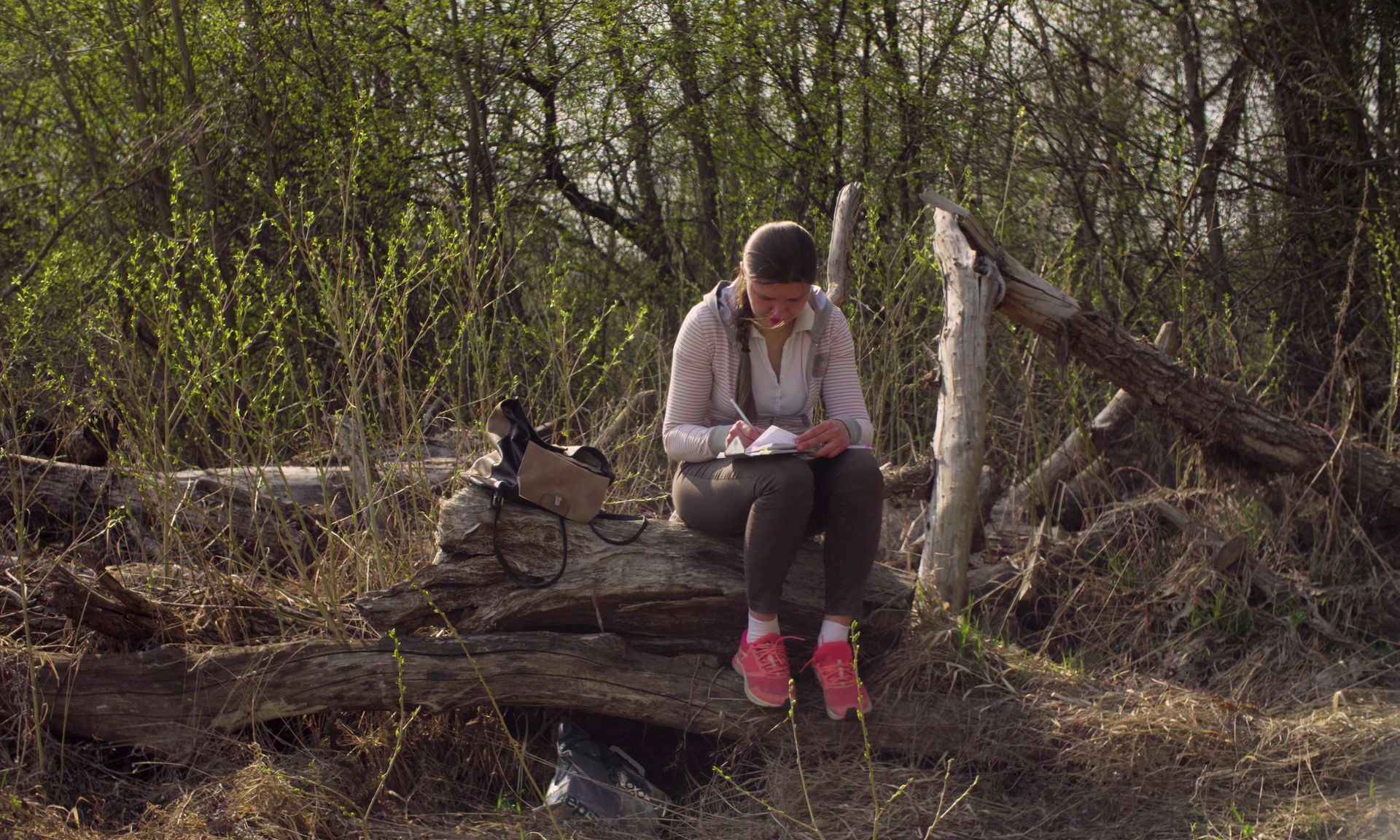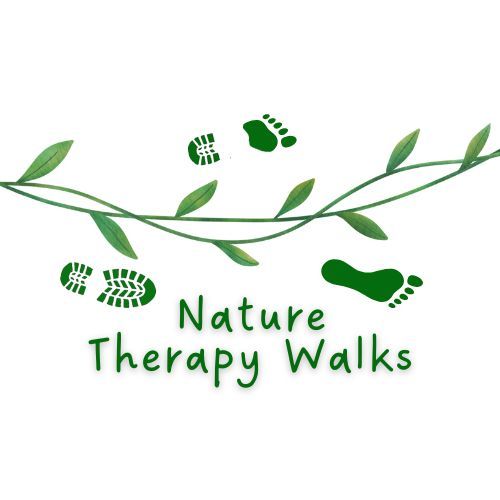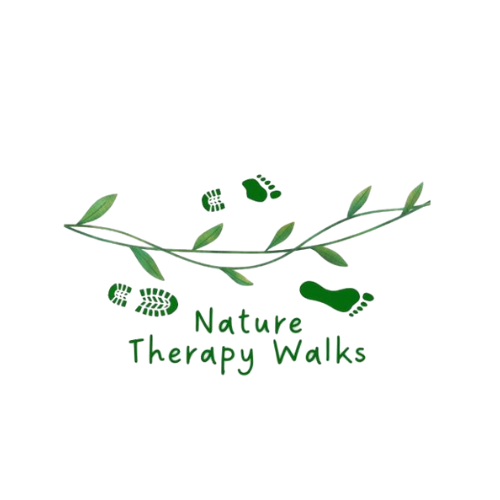
Getting creative with our time on the planet
Research shows being in nature makes us happier, but for those of us interested in getting more creative with our time on the planet, it has another major benefit: nature time boosts our creativity.
One organisation with expertise on creativity – the American Society of Composers, Authors and Publishers – tells its members: “for creators in particular, nothing beats a little face time with Mother Nature when it comes to re-establishing balance and even jumpstarting a few extra synapses between your ears.”
The newest research into nature’s impact on creativity is based on a theory developed in the 1980s by University of Michigan psychology professors, Rachel and Stephen Kaplan. The Kaplans proposed Attention Restoration Theory – with the delicious acronym ART – in their book The Experience of Nature, based on their 20 years of research into natural environments and mental focus.
Attention Restoration Theory
In the 1960s and 70s – when it became obvious that all of us, and particularly children, were spending more and more time indoors and less and less outside – the Kaplans began to study how being in nature affects our health, our relationships and ultimately the way we direct our attention.
The Kaplans described two forms of attention. “Direct attention” mechanisms are necessary to deal with life in busy urban environments where our brains are assaulted by millions of bits of information every second. Because we can only respond to a fraction of available information at any one time, we burn brain energy not only trying to focus on what’s important, but constantly weeding out what’s irrelevant. Our “prefrontal cortex-mediated executive attentional system” becomes exhausted. You know how that feels.
In nature, however, we can shift into “spontaneous attention” which the Kaplans call “soft fascination.” Soft fascination allows the mind to drift, settling anywhere it chooses without a goal. Natural environments provide shapes, colours, movements, spatial relationships, sounds, smells – plus feelings that range from curiosity to awe – that stimulate soft fascination. And soft fascination restores our tired, overstimulated brains so they can focus again.
Much of the 20th Century research into ART was based on relieving mental fatigue, stress recovery and nature-time’s implications for sufferers of ADHD. More recently, researchers have discovered soft fascination also boosts our creativity.
Why (almost) any natural environment will help
A strenuous uphill scramble with the constant possibility of snakes, stinging nettles, or breaking your neck in a fall, is not what the Kaplans had in mind when they wrote about the restorative effects of nature. They described four elements necessary to ensure your time in the outdoors will reliably restore your capacity to focus:
Being away – Disconnecting from everyday life, from places that trigger habitual thoughts and concerns, is the starting point. Even taking your eyes from the computer screen to the trees outside the window can be restorative.
Soft fascination – Hard fascination can be fun. Directing your full attention to an activity, a show, an argument – even an uphill scramble with snakes – can absorb your mind in a satisfying way. But soft fascination is genuine time-out for the brain, letting the mind wander wherever it’s drawn without direction.
Extent – The environment needs to allow you to feel comfortable, to be somewhat familiar and not too challenging. (Another strike for the snakes.)
Compatibility – This relates to being in nature because you choose to be, not because you were forced there by some external imperative.
21st Century Research into Nature and Creativity
Fast forward to the 21st Century, and research into Attention Restoration Theory began to focus on whether the restorative effects of nature on focus and attention could lead to increased creativity.
Mental fatigue, after hours of staring at a screen, responding to constant demands, sitting in meetings, serving or counselling or fixing things, squeezes out the possibility of spending our leisure time creatively, or of creating innovative solutions in our work. At the end of ‘one-of-those-days,’ we have just enough energy to pick up the remote control.
Time outdoors, however, restores our natural capacity for curiosity, personal reflection and creative thinking.
Professor David Strayer of the University of Utah released his research in 2012 in an article headed Creativity in the Wild: Improving Creative Reasoning through Immersion in Natural Settings. Strayer studied 56 people in various groups, hiking and camping in Alaska, Colorado, Maine or Washington – with no technology allowed. The use of technology, according to Florence Williams in The Nature Fix, is one of Strayer’s pet hates.
Using the Remote Associates Test (RAT)*, a common measure of creative thinking and problem solving, the results showed, “A 50% increase in performance after four days of exposure to nature.” Strayer’s paper says: “The current research indicates that there is a real, measurable cognitive advantage to be realised if we spend time truly immersed in a natural setting.”
‘Green’ shifts the brain into meditation mode
Another study from Heriot-Watt University in Edinburgh, reported in the British Journal of Sports Medicine, used mobile electroencephalography to collect brain activity data on participants moving through urban and green environments.
The subjects took a walk through an urban shopping street, a green zone and a busy commercial district. In the green zone their brains showed lower frustration, engagement and arousal, and higher activity in the ‘meditation’ sector of the brain. The researchers suggest their work can be used by promoters of urban green space. I think it’s just one more good reason for a nature therapy walk.
Another study in Taiwan, reported in Frontiers in Psychiatry, demonstrates the degree of perceived “naturalness” in the environment correlates to higher degrees of creativity. “The perceived naturalness of environments has a positive impact on creativity,” it says.
The study’s authors – all from the school of Landscape Architecture at National Taiwan University – used as their laboratory a college campus, testing participants in areas ranging from the college ecological pool and farmland (high naturalness) through to streets of high-rise dorms (lower naturalness). The strong impact of natural surroundings led the researchers to recommend urban planners incorporate as many flower beds, trees and rocks into their designs as possible, “as natural elements stimulate curiosity and a flexible imagination.”
Nature for an optimal creative kick-off
A Danish study published in 2015 also concludes, “Nature does indeed have the capacity to enhance creativity,” and suggests the earlier you get into nature, at the beginning of a project, the better.
This qualitative study followed 17 creative professionals and was designed to explore, “how nature has the ability to evoke the creative way of thinking by making us more curious, able to get new ideas as well as flexible in our way of thinking.”
The study demonstrates nature has its most profound effect in the early stages of the creative process: “Nature especially plays a role in the two first phases of a creative process, the Preparation phase and the Incubation phase,” it says.
So if you’re considering any creative project – from a presentation or dissertation, to patchwork or watercolour, to writing a book or a concerto – a little quality time with Mother can provide the right conditions for your mind to do its unique creative thing for an optimal kick off.
A wander in your local park, around the block under some trees, even your backyard – so long as you have no agenda other than to be outdoors for a bit – should do the trick.
Nature Therapy Walks as container
A nature therapy walk is designed as a container with all four elements of ART’s prerequisites.
· It takes you out of your daily patterns;
· encourages soft fascination through invitations to engage with nature in tactile, imaginative or sensory ways;
· is comfortably paced and without physical strain; and
· no one is forcing you to do it . . .
unless your friend drags you along when you’d rather be at the pub.
If they do, why not give it a try? For creativity’s sake. Just this once? (You can go to the pub afterwards.)
*Many studies of creativity use the Remote Associates Test as a measurement tool. If you’d like to know how it works (and have fun with some examples) try this.

